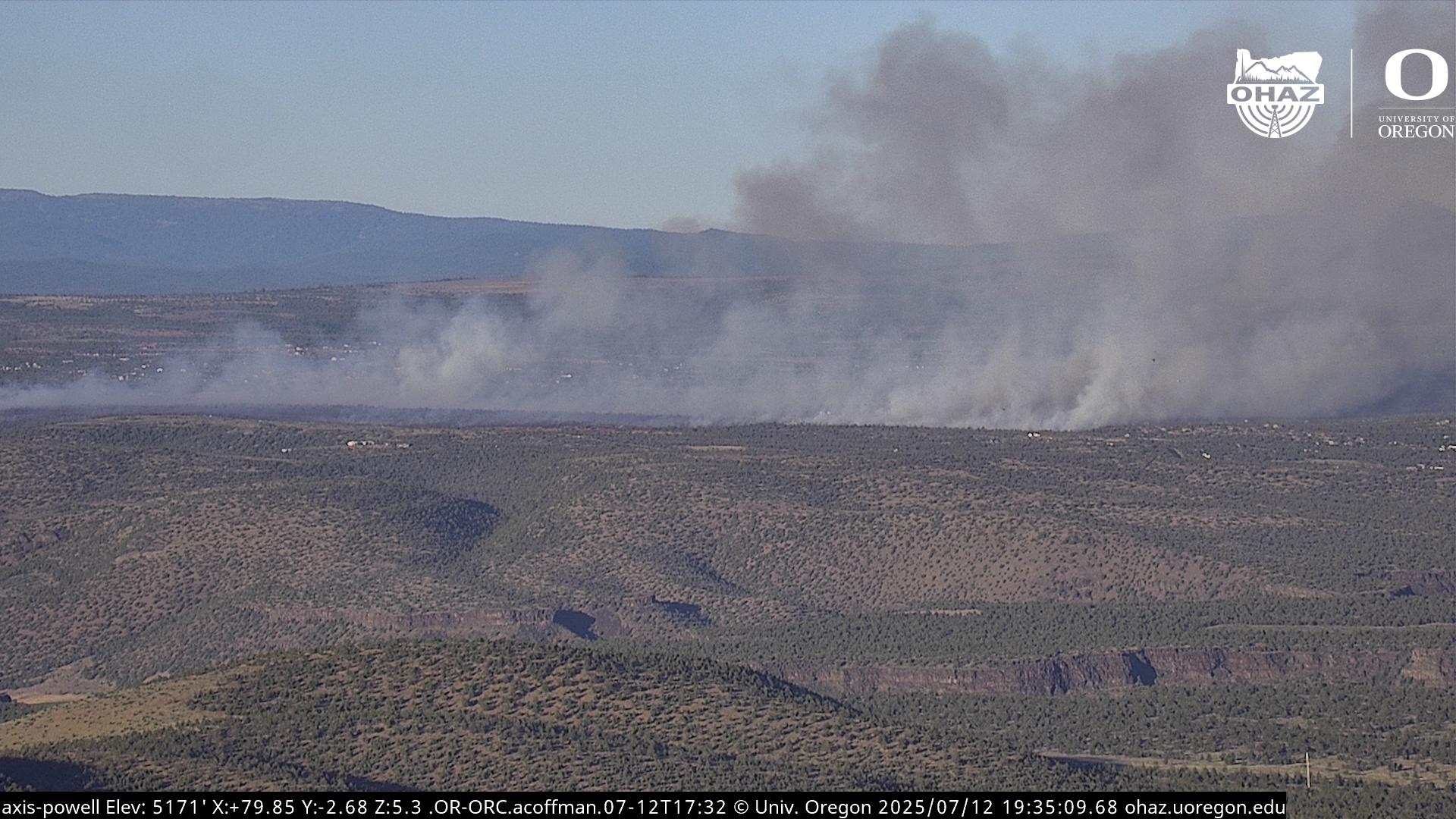Bend Police drone force taking off to fight crime
Published 12:00 am Monday, February 12, 2018

- Tim Izo, a community service officer with the Bend Police Department, operates an Inspire 1 drone at the police station on Wednesday. (Ryan Brennecke/Bulletin photo)
On the evening of Nov. 29, police from around Central Oregon had Omar Benitez cornered in a home in Madras. They later reported finding 14 firearms inside.
There was good reason for police concern that day. A career criminal, Benitez, 37, had a history of tangling with law enforcement officers.
Trending
But buzzing around and blinking outside the home was a special tool police think helped to convince the attempted-murder suspect to give up: a drone.
Drones — futuristic, brimming with promise, slightly unnerving— have obvious potential for police applications, including the ability to provide live images of an active crime scene to officers safely in the distance, as the Bend Police Department’s quad copter did in Madras.
And it might surprise Bend residents to learn that same quad copter has been used locally by the police department for a little over a year.
Bend is already home to hobbyist supply stores and major manufacturers in the emerging drone industry. And though the Bend Police fleet so far numbers only two, and laws governing police drones are murky, its drone has been at the front lines, according to Lt. Brian Beekman. Officers on drone detail get called out several times a week.
“We’re trying to use this great tool to our advantage,” Beekman said. “And we’re trying to be transparent.”
Operating a drone requires certification from the Federal Aviation Administration, said agency spokesman Les Dorr. Bend Police’s six officers on drone detail have commercial certificates under the FAA’s so-called Part 107 program.
Trending
Requirements related to personal privacy and search warrants are set by the state. Oregon’s drone law, ORS 837, is considered fairly restrictive to law enforcement, Beekman said. In fact, the law forbids law enforcement use of drones, but allows certain exceptions, such as search and rescue operations.
Warrants are required in most instances, and drones may not be used to establish reasonable suspicion or probable cause.
The department tries to have two drone pilots go out on every call, Beekman said. And as much as possible they try to use the “spotter system,” in which one officer pilots the craft and the other maintains a constant line-of-sight. They typically have about 20 minutes of battery life per flight.
Bend Police has one DGI Mavic — a standard model that retails for under $1,500. Its other drone is a much more expensive DGI Inspire outfitted with a thermal imaging camera and a price tag of under $20,000.
This feature proved critical recently in locating a woman experiencing a mental health emergency.
Officers responding to a call in northeast Bend knew the woman had ingested “a lot” of drugs. When contacted, she ran. Bend’s drone officers tracked her down using the thermal camera.
In that case, the drone’s unobtrusiveness helped officers locate the woman without startling her, Beekman said. In another case, in March, he acknowledges the intimidation factor may have helped. A man with a handgun was holed up in Redmond across the street from a middle school that was in session. The quad copter hovered overhead, ready to assist in tracking the man should he run away. But the man surely noticed the craft outside, given the amount of noise it makes, and it might have given him pause, Beekman said.
“These things aren’t stealthy,” he said.
In another prominent case, a drone was used to document the scene on Dodds Road near the intersection with Obernolte Road east of Bend when a cyclist was killed by a woman driving a truck.
The Bend Police drone detail recently demonstrated its capabilities for Oregon State Police.
But the public has questions, too. Law enforcement officers are often asked the law regarding drones. And chiefs have gone looking for answers, as Redmond’s Dave Tarbet did to Deschutes County District Attorney John Hummel.
“This is an area of law without much guidance,” said Hummel, whose office drafted a memo in response.
What is clear under Oregon law is that a drone flying below the tallest tree or structure on a property is trespassing. And if a drone is flying above 500 feet over a piece of property, that is not trespassing. That space between the tallest tree and 500 feet is a gray area, Hummel said.
“Those situations would have to be looked at on a case-by-case basis with factors considered being: how low, how often, how long, intent of the operator, etc.”
— Reporter: 541-383-0325, gandrews@bendbulletin.com








